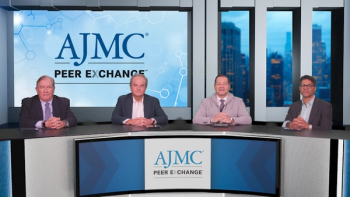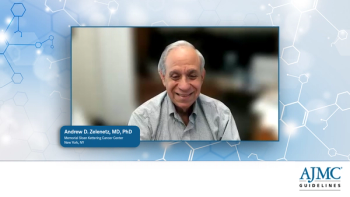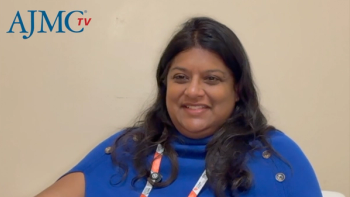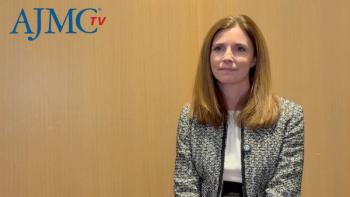
Empowering Patients, Managing Costs Through Ambulatory Clinical Pharmacy: Caroline Vovan, PharmD, CDE
Ambulatory clinical pharmacists improve patient outcomes and reduce health care costs by providing hands-on chronic disease management, patient education, and medication cost oversight, according to Caroline Vovan, PharmD, CDE.
Continuing her discussion from
She shared these insights and more during her presentation, "How Ambulatory Clinical Pharmacy Is Essential in a Value-Based Care Health System," at the
This transcript was lightly edited; captions were auto-generated.
Transcript
Can you elaborate on the most significant ways ambulatory clinical pharmacists improve patient outcomes and reduce health care costs?
The clinical pharmacist part, when we're managing the diseases and making sure patients are out of the hospital, as I said, we're hand-holding the patient. We actually see the patients every 2 to 4 weeks. Our visits are about 30 minutes for follow-ups and 60 minutes for initial visits, so we really have a lot of time to be able to coach the patient [and] empower them.
For something like diabetes, a lot of times the patients feel powerless when they get this diagnosis. They're always thinking, "Oh my gosh, I have to think about diabetes, my medications, how the blood sugars are, testing all the time, [and] what I put into my mouth every moment of the day."
They feel powerless, whereas we're able to break it down for them. We're able to be by their sides, be their coach, and let them be able to just think about parts of it at a time until they really understand the disease state, and they're like, "I got this. I have control of my body now."
Once they're controlled, they'll be able to say, for example, “Dr Vovan, I'm so happy to have had you. I'm on my own now. I can do this on my own.“ [They have] intermittent discussions and talks with their physician now, but the true learning part, they've got it down. That's how we help patients stay out of the hospital. The hospital, of course, is a very, very costly thing for patients.
Also, as I said, with medications, those are really costly, too. We have this purchasing program. I have 2 pharmacy technicians who screen through every order that the office would be ordering. Before it's submitted, they are looking at every cost-saving opportunity. Are the contracts connected? Is there a generic available? Can we do a smaller package size or a bigger package size so that there's more bang for our buck?
With everything that is screened, there shouldn't be any reason that it would bypass us. Our utilization management department is looking at the pricing as well, making sure that we're going to get reimbursed if we buy that medication. The cost of medications [is] getting really high, and sometimes the negotiations and the contracts with our health plans, the reimbursement, don't cover the medication, so we need to be on that contracting table to make sure that we are getting the right amount of reimbursement for what our costs are.
Newsletter
Stay ahead of policy, cost, and value—subscribe to AJMC for expert insights at the intersection of clinical care and health economics.






































